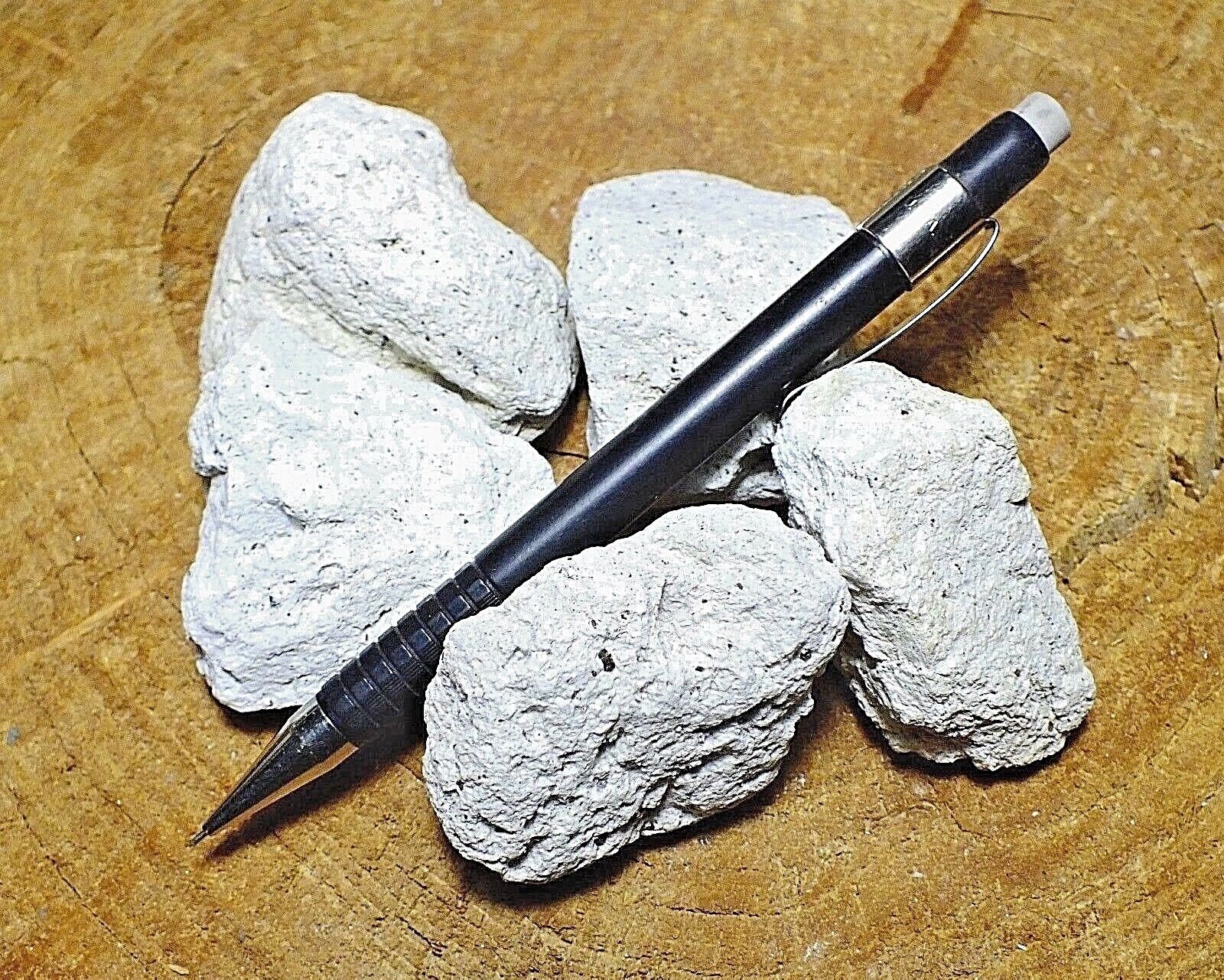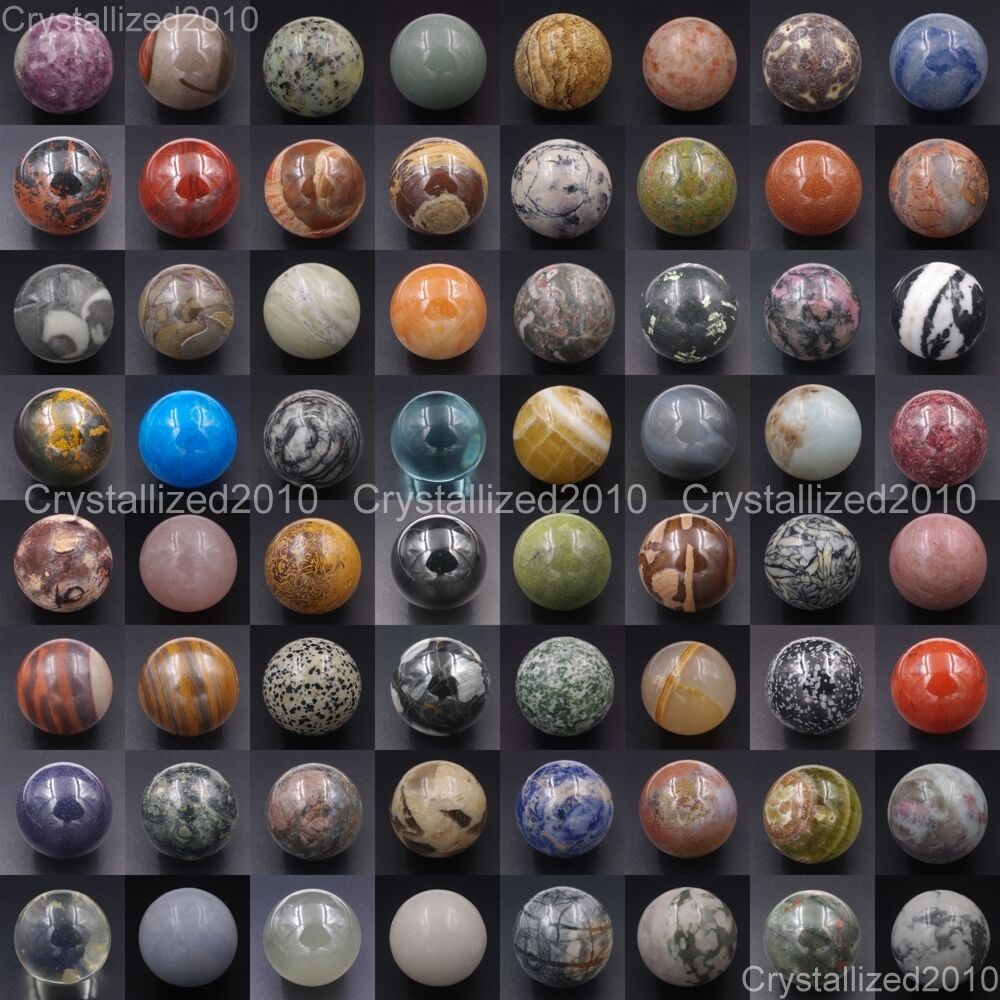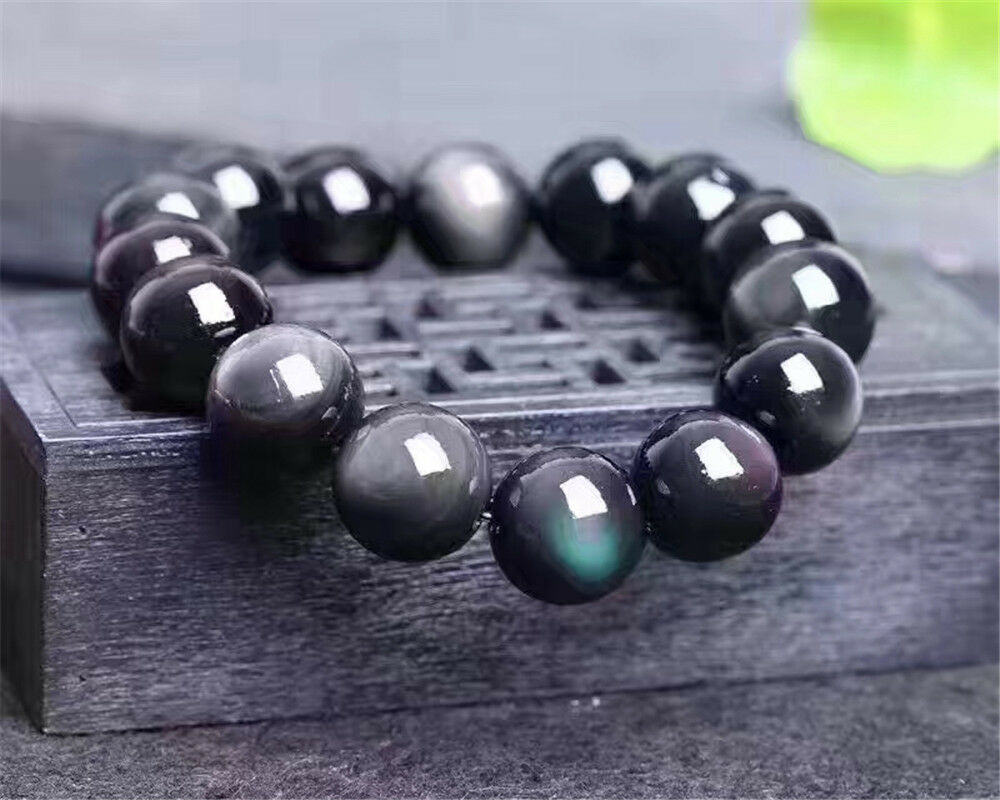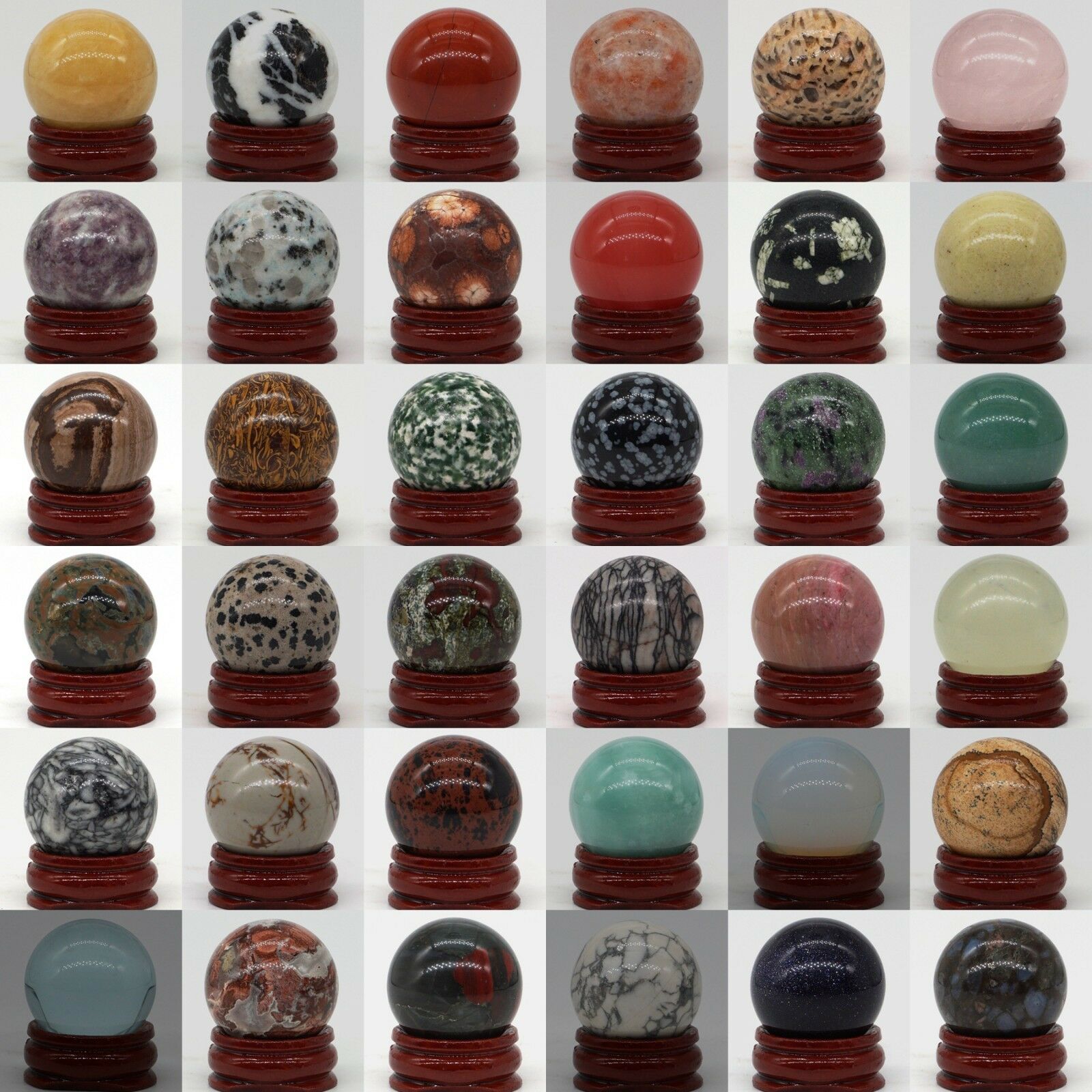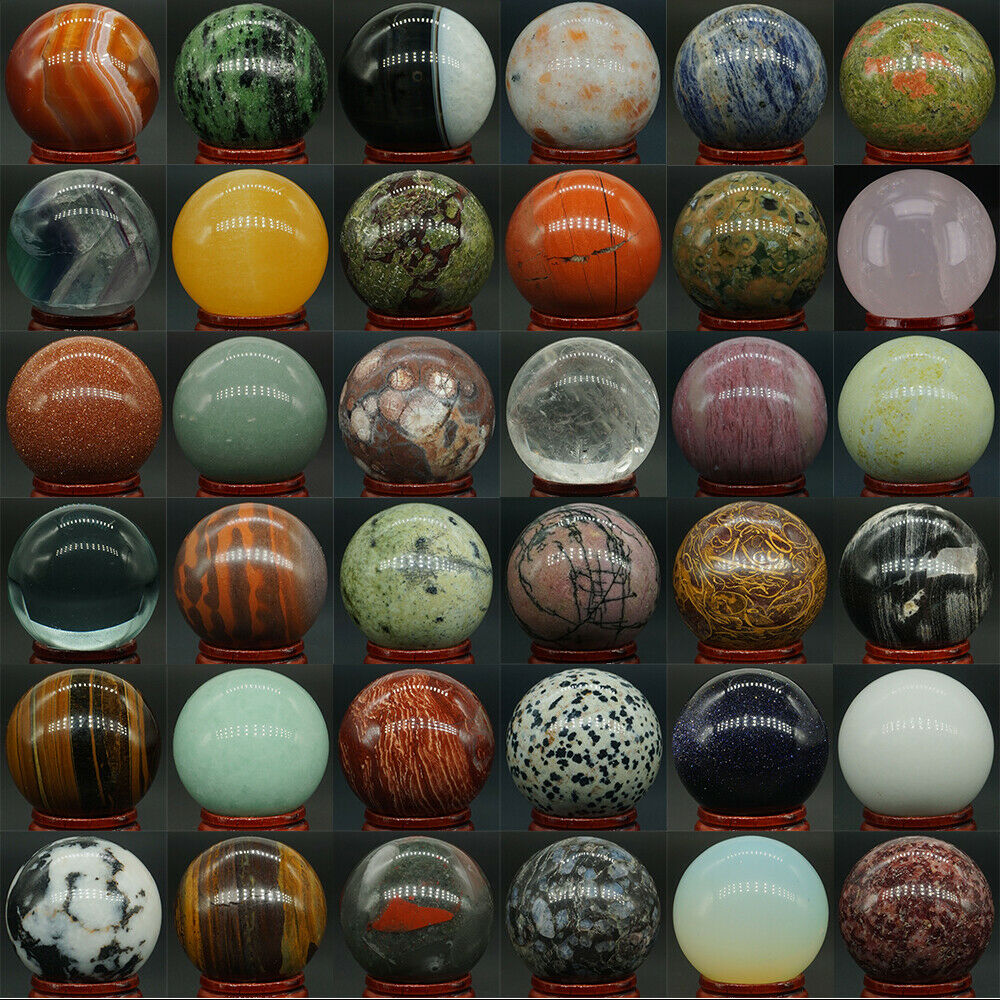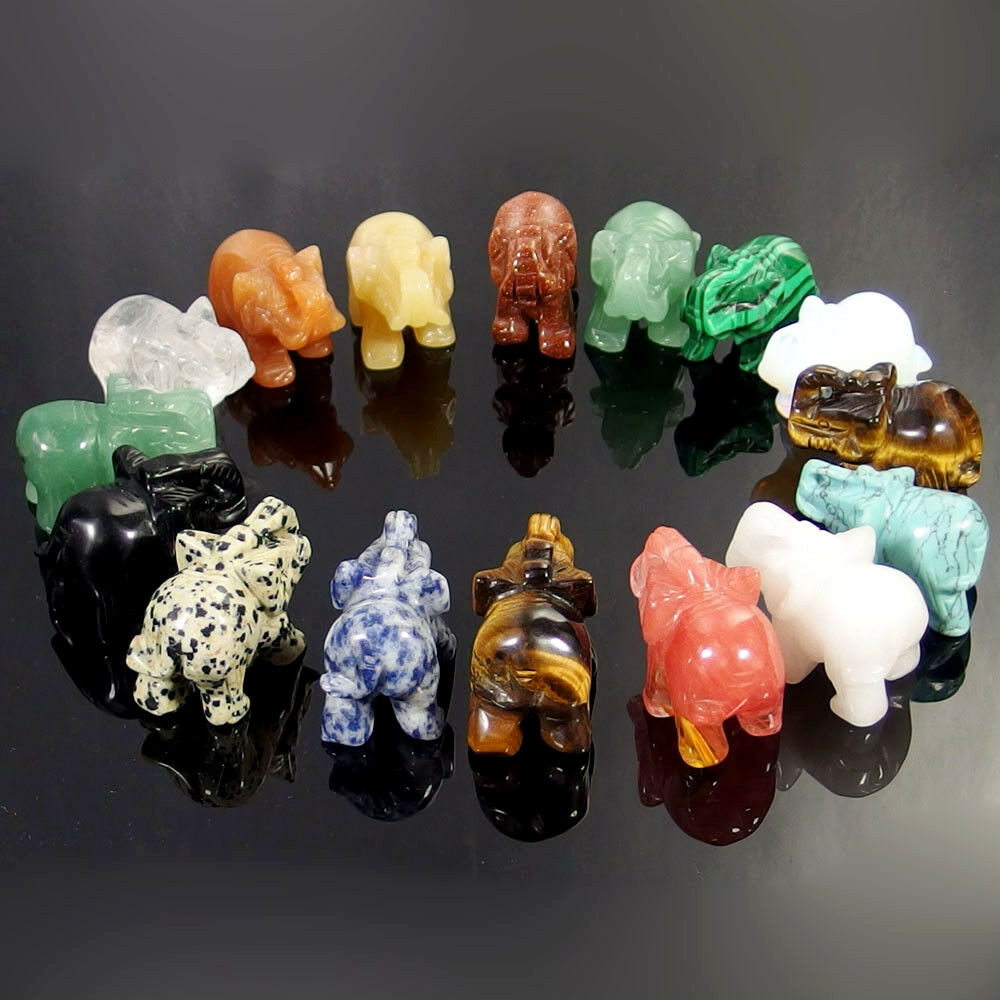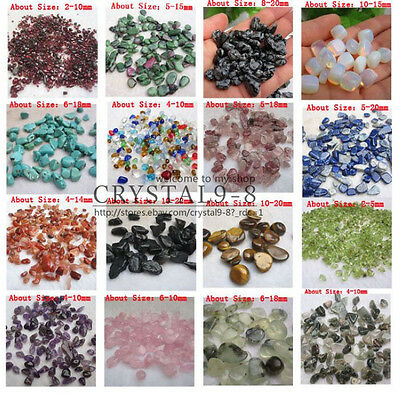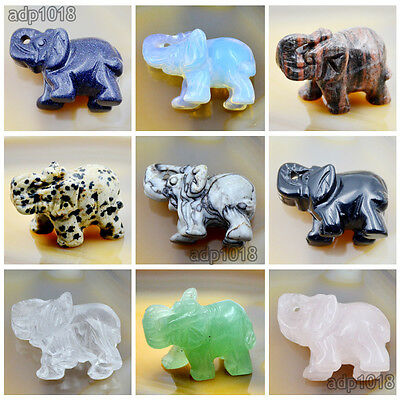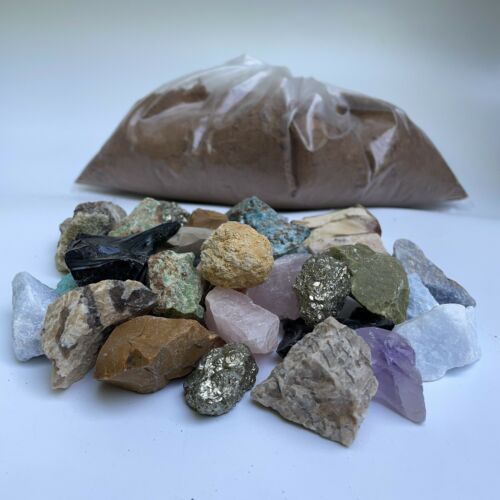-40%
pumice - teaching student specimens of typical white pumice UNIT OF 5 SPECIMENS
$ 2.42
- Description
- Size Guide
Description
If making multiple purchases, please read the note following thered text
below!
Student specimens of typical white pumice that floats like a duck
.
Unit of 5 specimens
Ejected in a blast from a volcanic vent, pumice hardens as it flies through the air, trapping bubbles of gas and steam. It is light enough to float on water - these specimens will all float. The composition of this silica rich volcanic rock is similar to that of obsidian or granite. Pumice is commercially used as an abrasive.
This pumice is from the Coso Range in California. The area is geologically active, with a nearby geothermal plant on the Naval Air Weapons Station producing electricity from steam. The Navy sells surplus electricity into the commercial grid. This pumice is closely associated with rhyolite porphyry, blocks of which are buried with the pumice in the volcanic ash bed. Both have a similar silica-rich composition - rhyolite lava flows reluctantly because the silica makes it viscous. This same viscosity prevents easy fountaining of lava, so pressure builds up and a silica-rich eruption is explosive.
The silica poor equivalent of pumice would be scoria or volcanic cinder. Also full of entrapped gas bubbles, scoria's composition is the same as basalt, the lava that makes up the Hawaiian Island chain as well as the oceanic crust. Scoria and basalt are silica poor, not viscous, so lava readily fountains from vents. Loose pieces of scoria form any number of small cinder cone volcanoes in the western U.S.
Both pumice and scoria are mined as decorative rock. Students will recognize scoria as "McDonald's flower bed rock." Pumice varies in ap
pearance. See also
our student specimens of glassy gray/black pumice and hand specimens of pink pumice. Students should see a variety of pumice types.
You are buying a unit of five student specimens.
The photo is representative of what we ship.
We really don't like the tiny finger nail-sized specimens offered to students, as we feel these are too small to see rock textures and too small for examining the identifying characteristics of a mineral. We want the "Oh, Wow!" effect when students see the set of specimens they are going to work with. We collect these specimens so that five specimens, or possibly six, will fit in a small flat rate box, and we keep the price low, as we know these will be used in a classroom. For teachers we count like a baker and a dozen is more than 12, since you will always need a few spares. If you are a teacher, let us know.
Making multiple purchases?
Just add items to your cart. When finished shopping, click on
“request total”
at upper right in the Shopping Cart window.
Do not proceed to checkout.
We will send an eBay invoice with the correct combined shipping.
The combined shipping will often be less than eBay shows. Please wait for that invoice before paying.
There is no obligation to purchase. You can decide after seeing what shipping will cost.
Shipping:
By first class mail unless combined with other purchases
International customers:
We sell and ship internationally. If eBay’s page does not let you enter your country name to determine the shipping cost for something you are interested in, please contact us. We can tell you what the shipping would cost and how to make the purchase. You can then decide if you wish to complete the transaction. Use the
Contact Seller
link in the Seller Information box on the right side of this page.
Pay securely with your debit or credit card through PayPal! You do not need a Pay Pal account to do this. Yes, we do combine shipping!
